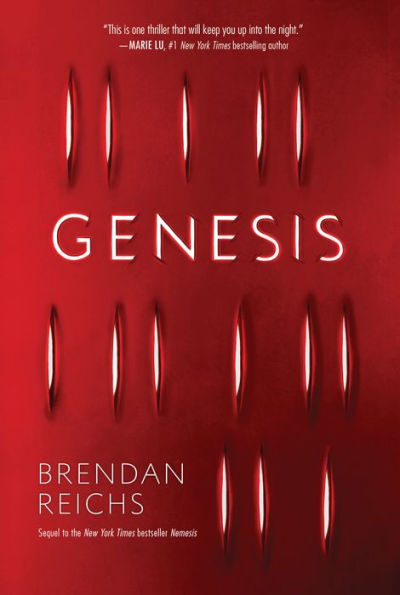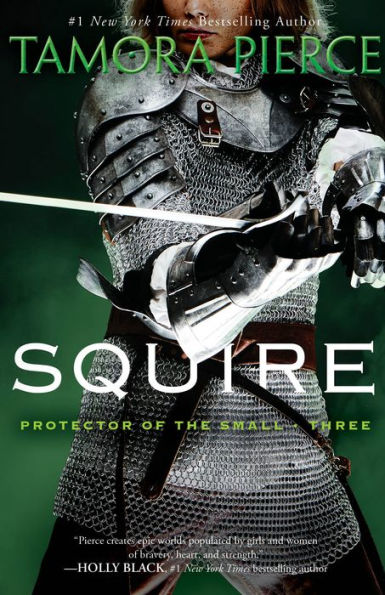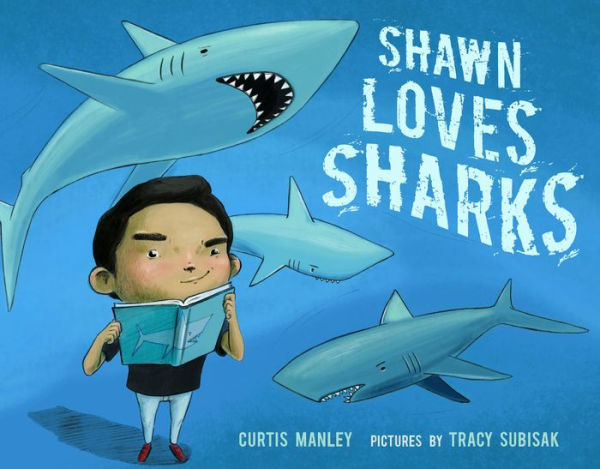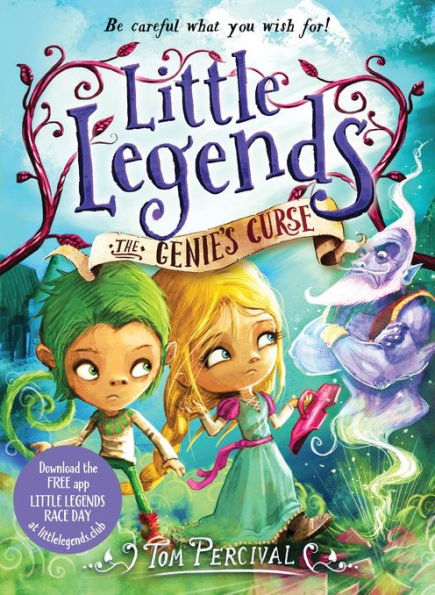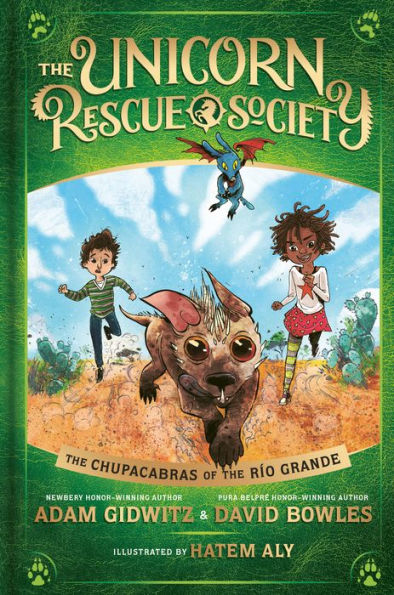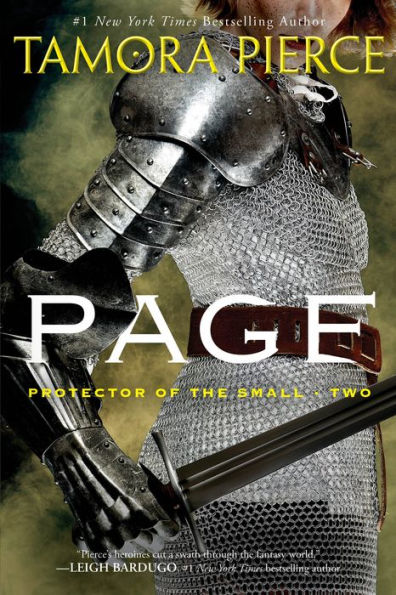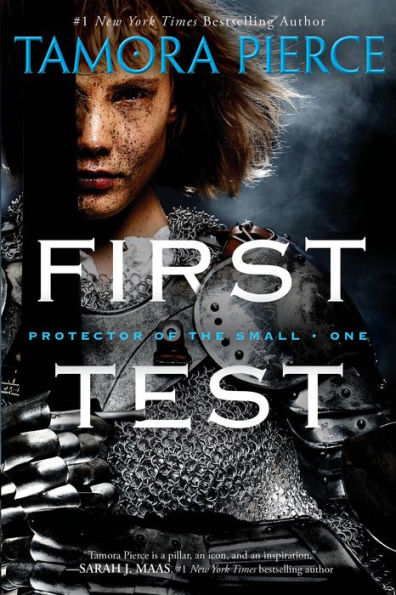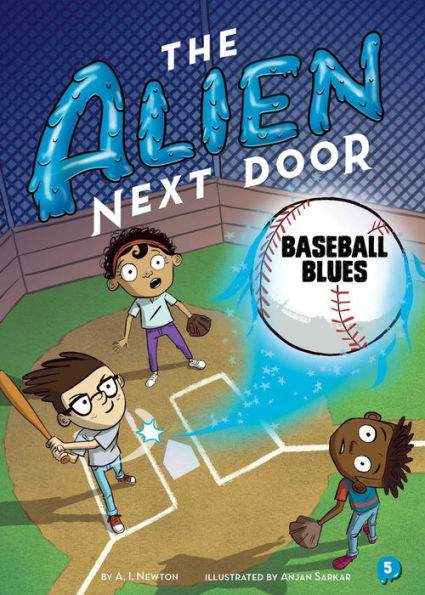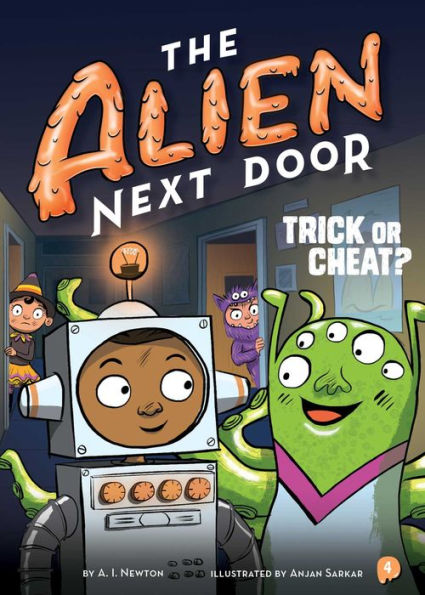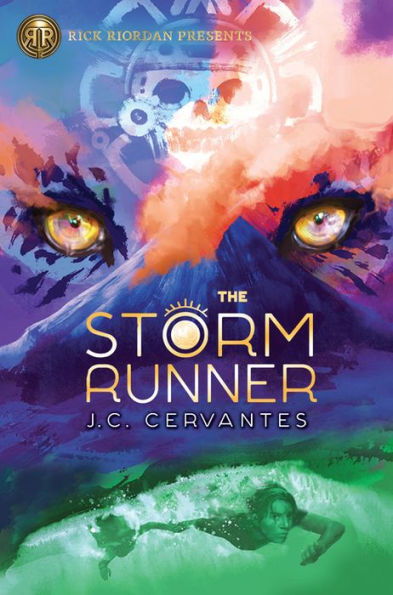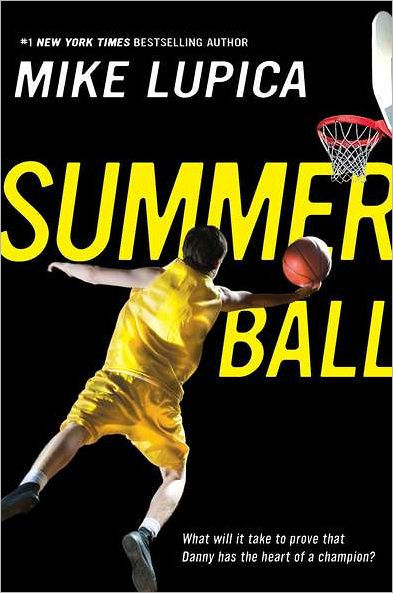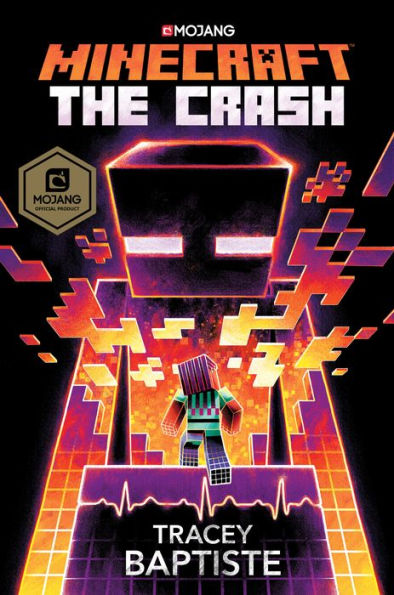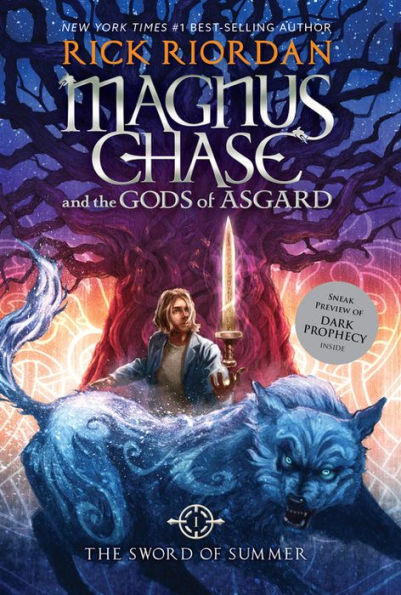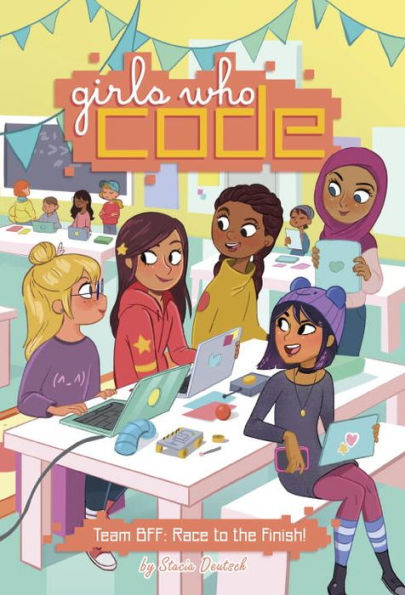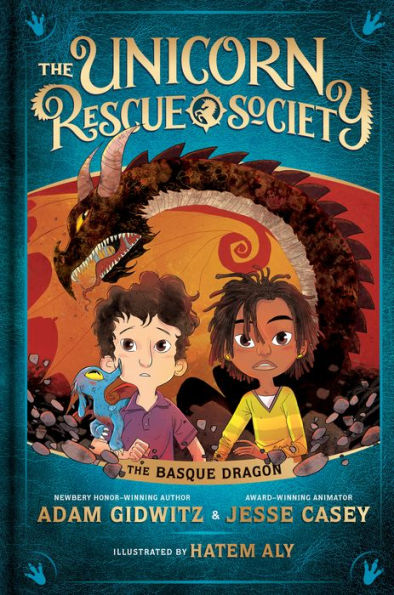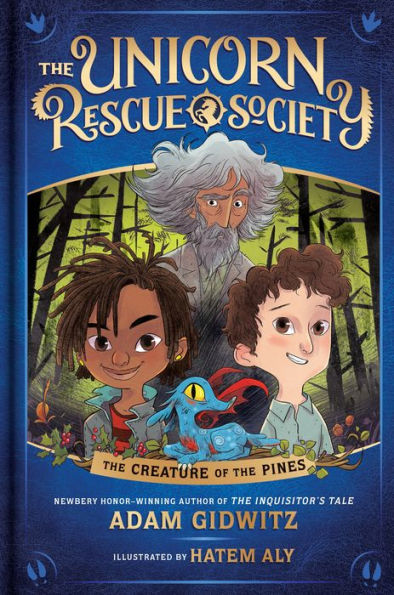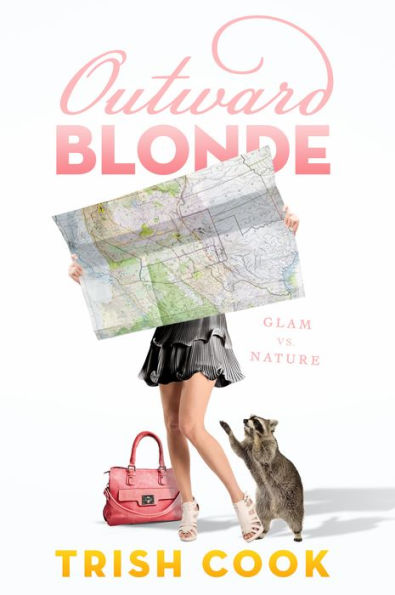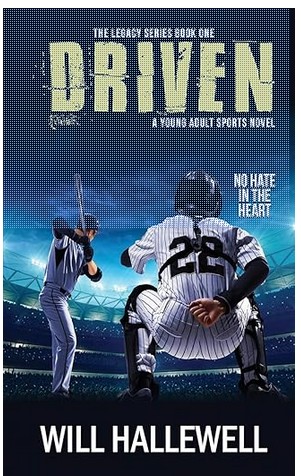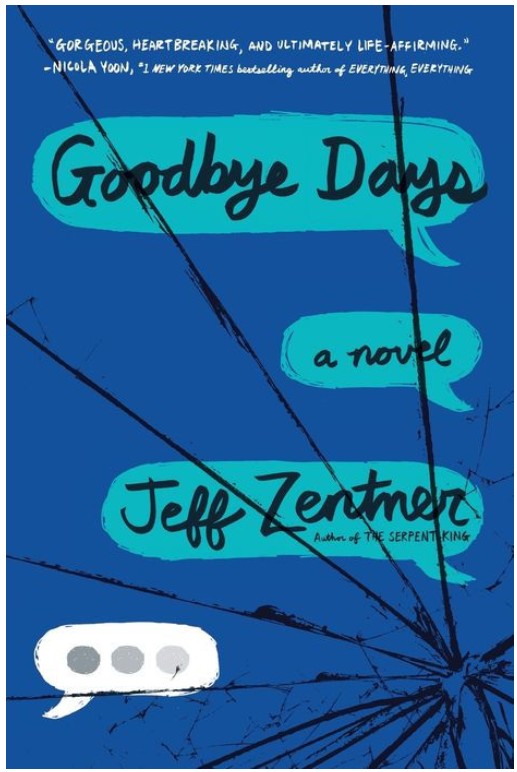Jack and his friends are hanging out in Tale Town’s magical tree when they see a surprising sight. Mayor Fitch’s guards lock a troll child in the stocks. Everyone knows that trolls are trouble, but how could it be right to hold a child prisoner? Jack and his friends, the Little Legends, decide to rescue the young troll and help her get home. With Mayor Fitch’s guards looking for them, is there any way to get the troll home?
Children will enjoy the silly magic, the non-frightening suspense, and the fairy tale characters that appear in The Secret Mountain. Cute black-and-white illustrations appear on almost every page, and help bring the diverse cast of characters to life. As Jack and his friends try to help the troll return to her home, the reader will learn that outward appearance isn’t what makes a person good or evil. Ella explains, “You get good people and bad people. Why would it be any different with trolls?”
Readers can understand the story without reading the previous books; however, reading the stories in order is suggested because The Secret Mountain often refers to events that happened in previous books. Younger readers will need help tackling the story because some of the vocabulary is difficult and the pages are heavy in text. The Secret Mountain has a large cast of characters—a talking chicken, Jack, Red, Rapunzel, Hansel, and Gretel are just a few. As the plot unfolds the story jumps from place to place, which may confuse readers.
The Secret Mountain drops readers into a fairy tale world where magic is real. The story highlights the importance of working together to do what is right. The Secret Mountain will delight confident readers looking for a fun story with cute illustrations.
Sexual Content
- None
Violence
- Mayor Finch’s guards put a troll child in the stocks.
- When a girl was jumping on a pogo stick, a guard “swiped the pogo stick, bending it in two.”
- Mayor Finch sets fire to a troll village. The event is not described.
- A group was riding in a hot air balloon when people below began shooting arrows at them. “More and more arrows ripped into the balloon.” When the group crashes, they discover that a troll turned the mountain into marshmallows so no one would get hurt.
- Hurrilan swings a magical crystal-topped staff. “. . . Then the crystal started glowing with a bright red light, leaving shimmering trails that twisted around each other, becoming almost solid. The light trails snaked through the air toward Rufaro and Adeola, twisting them around like a slow-motion lasso that bound them completely and dragged them back toward the glowing crystal.” The light shrinks the kids, and “the light dimmed and was sucked back into the crystal, taking Rufaro and Anansi’s mom with it.” The scene takes place over three pages.
Drugs and Alcohol
- Lily the Sea Witch gives the group magic capsules that make them fall asleep.
Language
- Someone told a small green monkey to move his “furry green butt.”
- A chicken says, “that Mayor Finch is a stupid, sausage-faced—”
Supernatural
- Tale Town has a magical tree. “If you ran your finger along the branch, the story would happen inside your head.” The tree has a spell of protection, which “means that the only way to trim off a story is using the Sacred Shiny Story-Snipping Shears.”
- Cole uses fairy magic, but it “never really worked properly.” He accidentally turned his friends into hamsters.
- Lily the Sea Witch uses her magic to put the town’s guards to sleep. Lily, “pulled the lid off a colored jar and flung the contents of it all over the guards, who immediately crumbled and fell fast asleep.
- Lily the Sea Witch gives a group some, “magic capsules containing the concentrated essence of it wasn’t like this when I was young! This powerful spell was made up of the complaints of older people, who were always complaining that It wasn’t like this when I was young! It was one of the most boring things you could ever hear and would make everyone fall asleep immediately.
- Someone meets a boy’s parents, who are trolls. Someone explains that “Anansi’s mom and uncle have been cursed by the troll warlock Hurrilan. The spell used to make them look like trolls all the time, but now it’s only in the daylight.”
- Anansi can talk to spiders, and he asks them to make a hammock for him to sleep in.
- “When soldiers appear, Hurrilan uses magic to turn them into goats.
Spiritual Content
- None

